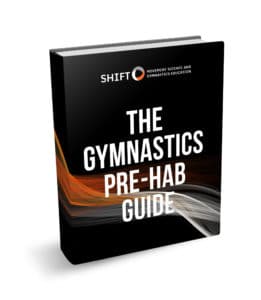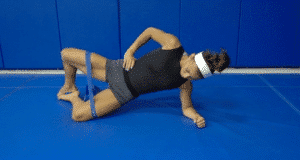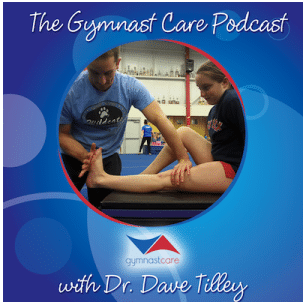Download My New Gymnastics Pre-Hab For Free
Hey everyone! I’m not going to lie, I’m super excited that this blog post and resource is finally ready to release to the public.
I think pre-hab is one of the most important, yet confusing, areas of gymnastics. Talk about information overload with how much is available online, at clinics, or in camps. It’s enough to make your head spin. A lot of it is great, and I use some, but the water get really murky. What exercises should we do? Should we foam roll? How much? Are theraband exercises helpful? Should I do the same exercises every day? This being said, many coaches are well-intentioned but just don’t have reliable sources of information and guidance.
Before becoming a medical provider, I felt incredibly lost trying to build in pre-hab work for gymnasts I coached. Honestly, usually after a week of trying exercises in practice and getting overwhelmed, I usually threw my hands up in frustration and slowly stopped making it a priority.
To help people out, I spent quite a few months putting together a scientifically supported, yet easy to use, Gymnastics Specific Pre-Hab Guide. I reviewed the available gymnastics injury research as well as general medical literature, talked with friends who were college/elite coaches and gymnasts, and then added in my experiences working with a lot of gymnasts for injuries. I included full exercise videos, printable checklists, and the research articles I think are valuable. You can download it for free here,
Download SHIFT's Free Gymnastics Pre-Hab Guide


Table of Contents
Daily soft tissue and activation exercises
Specific 2x/week Circuits for Male and Female Gymnasts
Descriptions, Exercise Videos, and Downloadable Checklists

The PDF has daily exercises, 2x/week circuits for male and female gymnasts, “checklists” to print off and use in the gym, and a new page on my website where all the videos are listed for reference.
BUT REMEMBER. Let me be very clear about something. This by no means is a comprehensive guide to prehab and injury prevention. It also does not replace formal medical care in any way, shape, or form. The research is clear that concepts like proper work to rest ratios, a supportive positive training culture, periodization, not pushing young athletes too hard, respecting the start of injuries, having a proactive collaborative team to help athletes, and proper recovery methods are all absolutely essential. That being said, there are many things the research suggests may be helpful such as soft tissue work, implementing weekly strength balance and stability exercises, monitoring, and extra attention to high-risk areas can be helpful. Hope it’s useful,
Dave
Dave Tilley DPT, SCS, CSCS
CEO/Founder of SHIFT Movement Science









